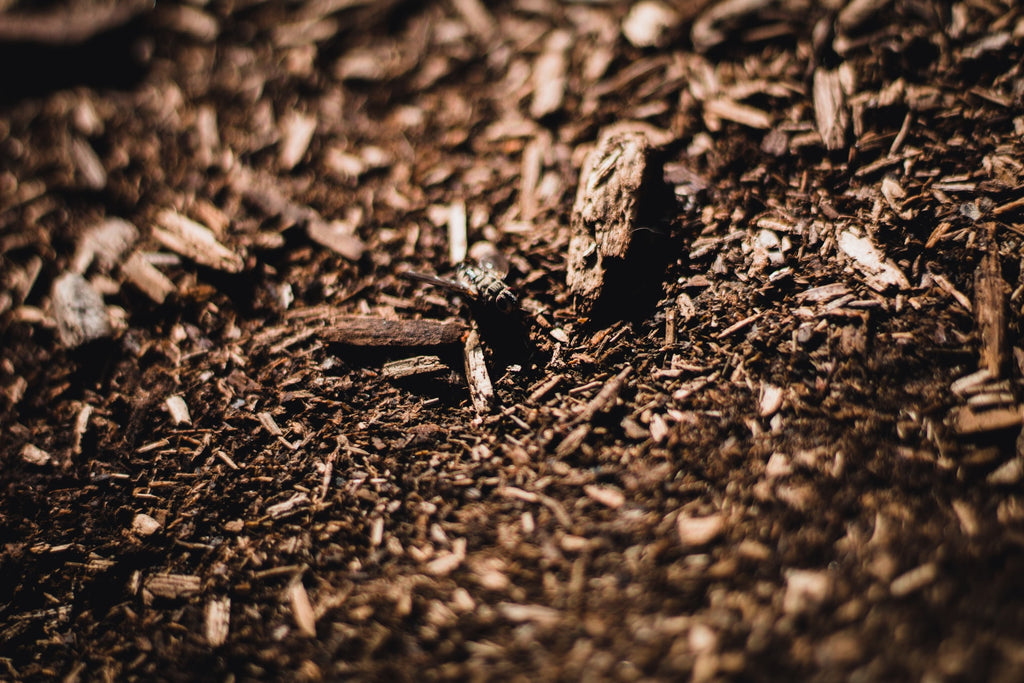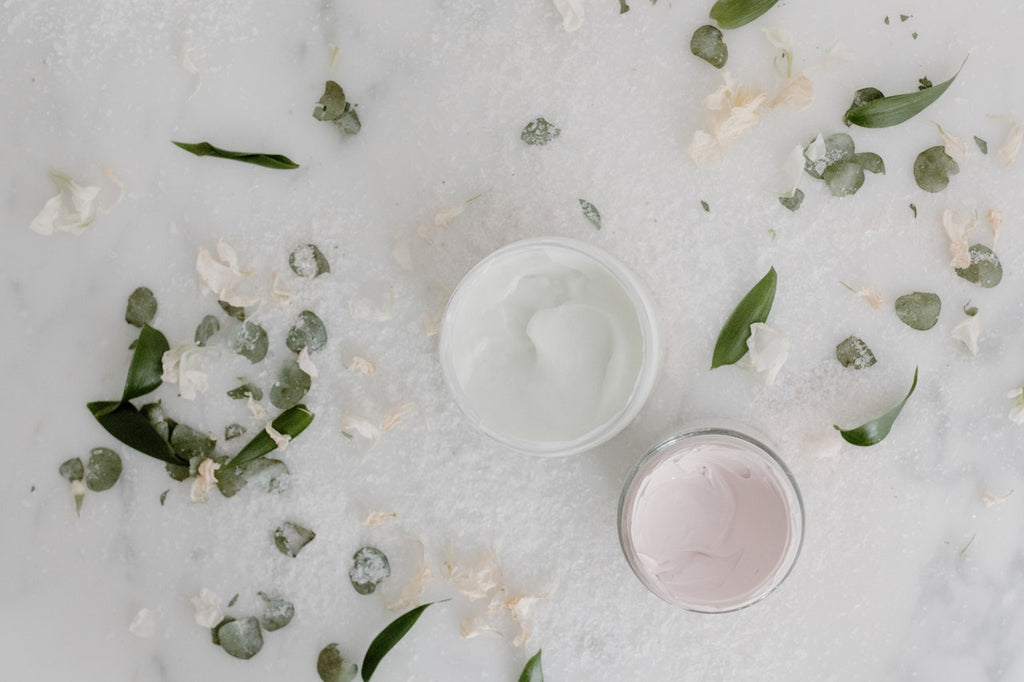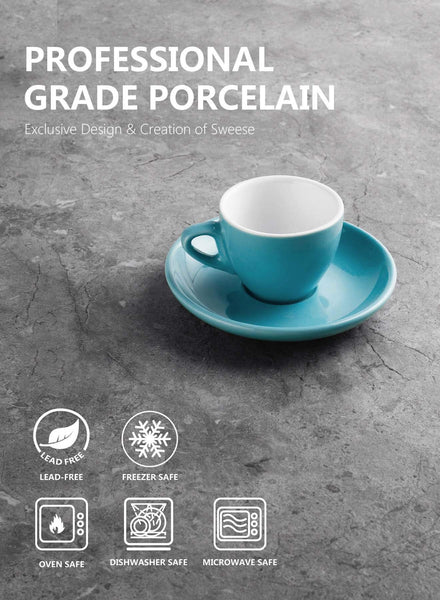How Used Coffee Grounds Benefit Your Garden?
Today, with the internet at our disposal, a lot of people are learning how to utilize their “garbage” in new and innovative ways. A great example is coffee grounds. In the past, you most likely threw away your used coffee grounds, but we're here to inform you that you can put them to good use and help the environment along the way!
There are plenty of people who think that once they use their coffee grounds to get their morning caffeine fix, those grounds need to be thrown out, but now we know that that is far from the truth. Today, you can use used coffee grounds as fertilizer, pesticide, mulch, or compost!

Fertilizer
If you’re looking to use those old coffee grounds as fertilizer, sources suggest putting some on the soil that surrounds your plants. This is beneficial to the plant due to the presence of multiple nutrients that are utilized and required for plant growth. The coffee grounds also add an organic substance to the soil, helping water drain more efficiently, and even attracting worms!
Some even say that coffee grounds play a part in lowering the pH of the soil, something that plants that prefer acidity are quite fond of! However, keep in mind that only coffee grounds that have yet to be washed are acidic. Your used coffee grounds are neutral and therefore will not have a noticeable influence on the pH of the soil.
Coffee grounds also help remove damaging heavy metals from contaminated soil.

Mulch
Many people with an interest in gardening know about the benefits that come with the use of mulch, but usually, they also know how expensive mulch can be and much time it takes to create a significant amount of compost. This is just another area where used coffee grounds can prove to be an excellent solution.
Although using coffee grounds in your garden can absolutely be beneficial as previously mentioned, there is also a risk that the coffee grounds will be applied too heavily which can prove to do more harm than good. The main problem that gardeners can run into if they misuse this method is that the seedlings won’t be able to grow properly.
A good way to prevent this issue is to make sure that there isn’t a lot of clumping of the coffee grounds. If you’re looking to use used coffee grounds in your garden, it’s best to make sure that they don’t stand out in the soil. The goal is to rake the used coffee grounds into a fine layer that won’t allow them to lump and therefore prevent the roots from getting the nutrients necessary to grow. If you’ve been able to do a good job, coffee grounds can be great for your plants as it allows proper absorption of nutrients and water.

Compost
Used coffee grounds also find their place to shine in the world of composting. Coffee grounds are considered “green compost” due to the high amount of nitrogen present. When the time comes for you to put your compost to use and throw it in your garden, it’s important that you make sure you mix in brown compost as well. In order to achieve the perfect ratio for compost, you’re aiming for a 4:1 ratio of brown to green compost material.
Pesticide
If you have some pesky visitors in your garden that you are trying to keep away, used coffee grounds may be just the simple solution that you’ve been looking for. When it comes to snails and slugs, the caffeine in the coffee negatively affects them, being a simple deterrent. On top of the way that the grounds affect them, it can also simply make a boundary that they struggle to get over or around.
Some also think that sprinkling your soil with coffee grounds will help keep cats away, preventing them from using your tediously cared garden from being used as a litter box. There are some compounds that are present in your coffee grounds that can be quite dangerous for insects including mosquitoes, beetles, and flies. To keep these pests away, you may want to place bowls of coffee grounds around your desired outdoor area, or even sprinkle the coffee grounds like you would in your garden.
An unexpected use for these coffee grounds can be a real help when it comes to your pets! If you’ve ever had a pet with fleas, you know how difficult it can be to rid them of those pests and it could even be quite expensive. Fortunately, it appears that fleas are not the exception, and they also dislike coffee grounds. If you thoroughly massage coffee grounds in your pet’s freshly shampooed fur before rinsing them off, it can be a gentle and natural remedy to rid them of that annoyance. However, do keep in mind that this is not a prescribed remedy and therefore will likely be lacking the strength of proper medication which is sometimes unavoidable.
Coffee grounds are toxic when consumed by dogs, so please use this method carefully and safely, keeping an eye on your dog’s mouth while the grounds are present.
Household Uses
If you’ve ever been to a perfume store or maybe even a candle store, you may see coffee beans in a container for you to sniff and cleanse your palate. It shouldn’t be too much of a surprise that your used coffee grounds can also help with other odors. If you stick a bowl of coffee grounds in your fridge, it can cancel out any foul smells from spoiled foods. It can even help when you have foods with a fragrance that you would prefer didn’t hit you in the face every time you opened the fridge.
For an easier and more portable air freshener, you can put grounds in an old sock or a pair of pantyhose, making a mess-free solution for a bag, drawer, closet, car, or even a pair of shoes with a bad odor. If you cook with garlic or onions frequently, you can even rid your hands of that odor by scrubbing them with coffee grounds.
Coffee grounds also have their time to shine when it comes to cleaning as it can be the perfect abrasive substance to get buildup off those surfaces that are hard to clean or, let’s be honest, simply don’t get the attention that they deserve! If you’re looking for a quick way to polish your cookware, and clean your grill or your sink, there’s a huge possibility that it’s already in your kitchen. However, coffee does stain, and you should refrain from using this method of cleaning when it comes to any surfaces with absorbent pores.
Self-Care
For those days when your skin feels dirty and not quite as fresh as it should, a little bit of water and coconut oil mixed in with your coffee grounds can make for the perfect exfoliator and increase blood flow, making your skin happier and healthier. If you’re looking for a quick DIY lip scrub, you can mix your coffee grounds with a little bit of honey. The properties in coffee grounds can even protect your skin from damage from the sun thanks to the caffeine’s antioxidants.
If you struggle with cellulite and are looking for a way to lessen the appearance, the caffeine from the coffee grounds can help break down fat and, as previously mentioned, improve blood flow, which will help with making cellulite less prominent. To make the perfect cellulite-lessening mixture, coffee ground and water/coconut oil mixture should be used twice weekly on affected areas, scrubbing for 10 minutes.
After handling your coffee grounds, have another cup of coffee and enjoy a good time! Sweese Porcelain Espresso Cups is perfect for a little afternoon coffee-break. They bring brightness into your room with colorful appearance, which make you delighted everyday.
Shop link: Porcelain Espresso Cups with Saucers
Apply discount code GARDEN to get 15% OFF for any items
You might also want to know...
Is it okay to grow roses with the coffee grounds?
Yes! If you add coffee grounds to your rose’s soil, you will be achieving that goal of keeping pests away and allowing the roses to thrive, unbothered.
Where can I get more used coffee grounds?
Starbucks collects coffee grounds from a variety of coffee shops and restaurants in order to provide you with free bags of used coffee grounds that you can use in your garden and compost!
Can you use coffee grounds for indoor plants?
Although you can use coffee grounds for indoor plants, some people suggest that you should avoid direct application of coffee grounds to an indoor plant because it could cause an increase in moisture retention which would eventually be too much for the plant. It could potentially also stunt the plant’s growth or cause fungus to grow more than usual.
More helpful article for you
4 Steps to Choose the Right Coffee Bean
Learn Which Teas Surprisingly Go with Milk and Sugar





Leave a comment